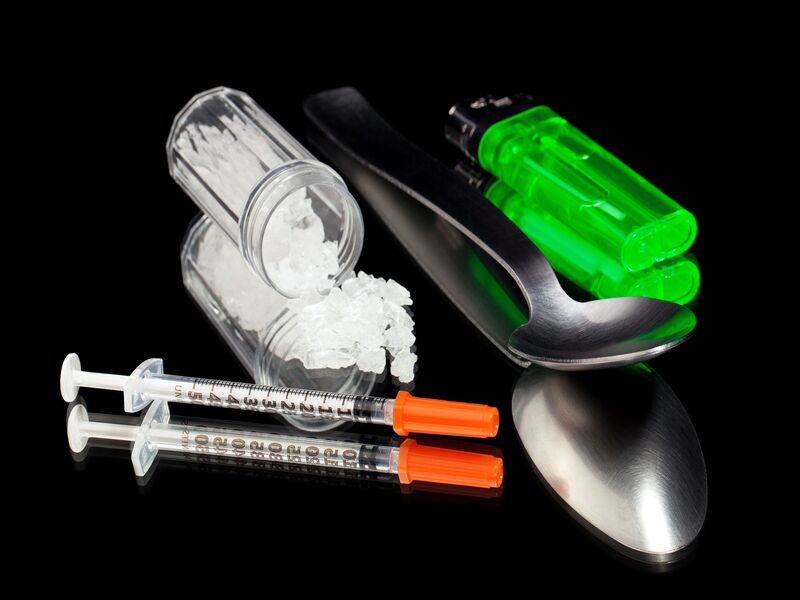In today’s competitive business landscape, ensuring a safe and productive work environment is essential. Many companies are adopting strategic approaches to enhance workplace safety and employee well-being. This system not only aids in legal compliance but also boosts ROI through effective Drug and Alcohol Program Management.
Understanding the Impact
Drug and Alcohol Program Management involves the implementation of policies and procedures that prevent substance abuse in the workplace. These programs typically include drug testing, employee assistance programs (EAPs), training, and awareness initiatives. The management of these programs requires careful planning and execution to be effective. Here’s how they contribute to a company’s ROI:
• Reduced Workplace Accidents: Substance use can increase the risk of accidents on the job. By ensuring that employees are sober and alert, companies can significantly reduce the incidence of workplace injuries, which in turn reduces costs associated with medical care, legal issues, and workers’ compensation.
• Increased Productivity: Employees who are under the influence of drugs or alcohol typically have lower productivity levels. Effective management programs help maintain a sober workforce, leading to improved performance and productivity.
• Lower Health Insurance Costs: Frequent substance abuse can lead to various health issues, increasing the frequency and cost of health insurance claims. Proactive management reduces these risks, thereby controlling insurance costs.
• Enhanced Employee Morale and Retention: Workplaces free from the influence of drugs and alcohol are generally safer and more supportive environments, which boosts employee morale. High morale is closely linked to increased job satisfaction and retention, reducing the costs associated with high employee turnover.
Key Components of Effective Program Management
Implementing a successful Drug and Alcohol Program Management system involves several key components:
1. Clear Policies and Procedures: Establishing clear guidelines about drug and alcohol use at work is fundamental. These policies should be communicated effectively to all employees.
2. Regular Drug Testing: Conducting regular and random drug testing helps deter substance use among employees. It’s important that testing is done in a respectful and legally compliant manner.
3. Training and Awareness Programs: Educating employees about the dangers of drug and alcohol use and their impact on workplace safety is crucial. Training should also cover the details of the company’s policies and the support available for those who might struggle with substance abuse.
4. Support Systems: Providing access to counseling and rehabilitation programs through Employee Assistance Programs (EAPs) can help employees recover from substance abuse, which in turn benefits the organization by preserving valuable human resources.
Investing in Drug and Alcohol Program Management offers significant ROI by reducing workplace accidents, boosting productivity, controlling insurance costs, and enhancing employee morale. These programs save money while fostering a safer, more productive work environment. Beyond compliance, it’s a strategic move that benefits employee well-being and business success. For expert guidance on implementing effective programs, consult specialists like TEAM.

